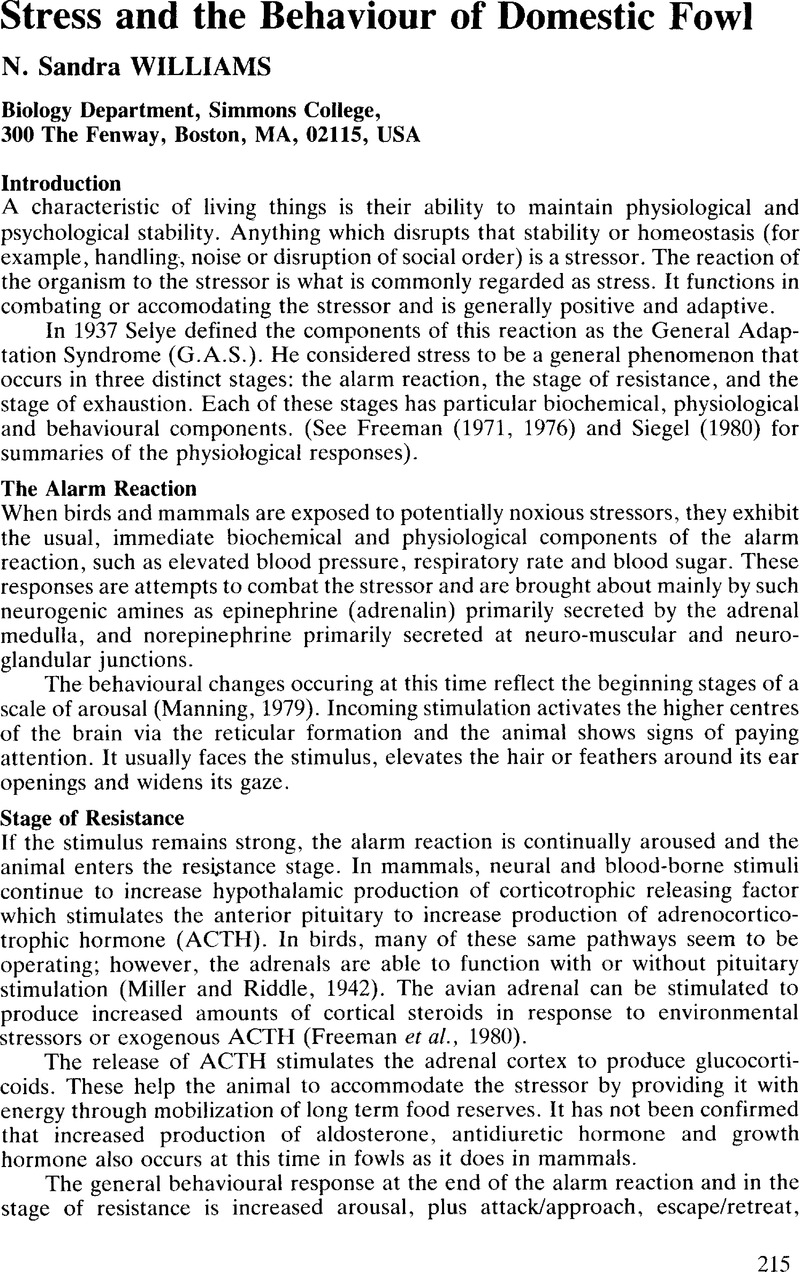Crossref Citations
This article has been cited by the following publications. This list is generated based on data provided by Crossref.
Boshouwers, F. M. G.
and
Nicaise, Elly
1987.
Physical activity and energy expenditure of laying hens as affected by light intensity.
British Poultry Science,
Vol. 28,
Issue. 1,
p.
155.
Zulkifli, I.
and
Siegel, P.B.
1995.
Is there a positive side to stress?.
World's Poultry Science Journal,
Vol. 51,
Issue. 1,
p.
63.



